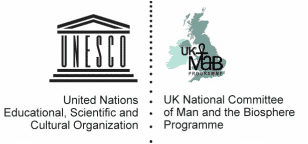The Isle of Wight UNESCO Biosphere
The whole of the Isle of Wight (including the waters around the Island) is now a UNESCO Biosphere Reserve. The award was made by the United Nations Man and Biosphere Co-ordinating Council in Paris on the 19th June 2019.
To become a UNESCO Biosphere Reserve, a region needs to show that people and the natural environment are coexisting harmoniously.
Put simply, the Isle of Wight can demonstrate to the highest level that there is a balanced relationship between people and nature and, that in spite of the modern-day pressures brought about by the progress of human beings, nature continues to thrive here.



